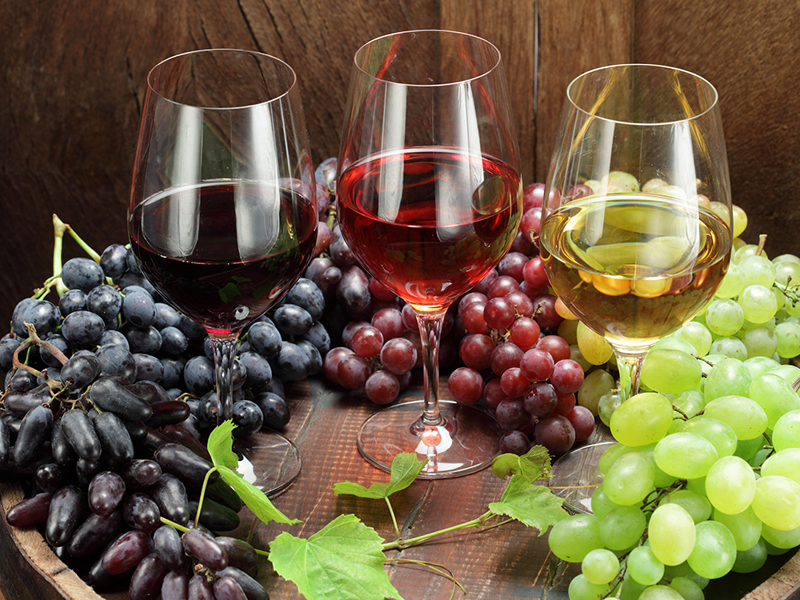Many purifying arrangements don't generally function admirably as chemicals, and numerous cleaning agents don't disinfect enough. Cleaning service Chapel Hill, NC want to make sure that you are utilizing the correct item for the activity.
 Cleaning
Cleaning The initial phase in the process is guaranteeing that the hardware is spotless. All new hardware ought to consistently be cleaned before purifying. It ought to likewise be cleaned after each utilization. Essentially washing out hardware after use doesn't generally evacuate the majority of the natural material. On the off chance that you don't perfect your hardware subsequent to utilizing it, you will probably discover shape developing in it whenever you dismantle it out to make a bunch of wine.
Plastic essential fermenters and the most powerless. Shape and microbes can get into scratches in the plastic that are for all intents and purposes difficult to clean. Make sure to utilize just spotless, non-rough material or wipes for cleaning plastic fermenters. Give the chemical a chance to take every necessary step for you with the goal that grating cushions won't be fundamental.
Family unit cleansers are viable chemicals; all things considered, they get your dishes clean. Nonetheless, they ought to be utilized with alert on the grounds that a large number of them contain fragrances that can be ingested into plastic fermenters and come through in the kind of the wine. A few cleansers that contain phosphates wash more effectively than those without. Trisodium phosphate (TSP) is an exceptionally powerful cleanser for cleaning natural stores, however it ought not be left to sit for over an hour since it can leave mineral stores. Utilize one tablespoon for every gallon.
One tablespoon of lye for every barrel loaded up with water for 30 minutes for the most part evacuates all natural material. Pursue this by washing completely. At that point refill the barrel with water and one tablespoon of citrus extract, as a neutralizer, for 30 minutes. Wash completely with warm water. Utilize extraordinary alert when working with lye; it effectively can consume your skin.
Purifying
When the hardware is spotless, it must be purified preceding use. Numerous winemakers mistake disinfecting for cleaning. It is practically outlandish for most home winemakers to clean their gear. Applying warmth is the main genuine approach to clean your gear. Enough warmth applied for enough time eliminates microorganisms. For most winemakers this strategy not exclusively is troublesome yet additionally redundant.
At the point when the arrangement is required for cleaning, empty a little into the bit of hardware to be sterilized and twirl it around. Make sure all surfaces are covered, at that point channel the arrangement again into your capacity compartment. Channel your gear well, however leave the bisulfate wash set up. When you can never again distinguish a smell to the arrangement, make another arrangement. For sterilizing bottles, a sulfite injector makes the procedure a lot simpler. Just empty a little arrangement into the injector and splash some into each container, at that point channel well.
Cleaning Barrels
It is best not to utilize barrels that have turned out to be mildew covered inside. In the event that barrels are to be utilized, another one is a wise venture. Another barrel ought to be cleaned before utilizing. Utilize two ounces of pop fiery debris, sal pop, or sodium carbonate for every three gallons of water. Presently fill the barrel half full with water as hot as you can get it. At that point include the soft drink fiery debris that has recently been disintegrated in a little high temp water. Shake or roll the barrel until the arrangement is all around blended. Presently complete the process of loading up with water as hot as you can get it.
Bung the barrel tight and move it around to unsettle it. Roll the barrel a few times during a 12-hour duration. At that point void it and flush a few times until all the arrangement has been washed out. A length of clean chain put into the barrel toward the beginning of your cleaning activity will help impressively in cleaning the barrel by functioning as a grating. Tie the parts of the bargains together to keep ties from shaping.
Sterilizing Barrels
To sterilize your barrel, fill it half brimming with water. Break up the correct measure of sodium bisulphite in a little water and pour it in the barrel. At that point disintegrate the best possible measure of citrus extract in a little water and empty it into the barrel. Presently bung up the barrel and blend well by shaking or rolling the barrel. Wrap up the barrel with water and bung firmly. Check the water in the barrel every once in a while, totally filling it each time.
Another technique for cleaning barrels uses sulfur wicks. Subsequent to cleaning and depleting the barrel, consume a large portion of a sulfur wick for each 50-gallon barrel limit and a similar proportion for littler barrels once every month until you're prepared to utilize your barrel. Tie the sulfur wicks safely to fine wire, light them, and lower them into the barrel, at that point bung tight. The bung will hold the wire. When you are prepared to utilize the barrel, wash it completely and use inside a couple of hours.
These are just a couple of strategies for cleaning and purifying that are accessible to the home winemaker. They in no way, shape or form include a total rundown of each item or strategy. So investigation to discover a strategy that functions admirably for you and takes care of business.





